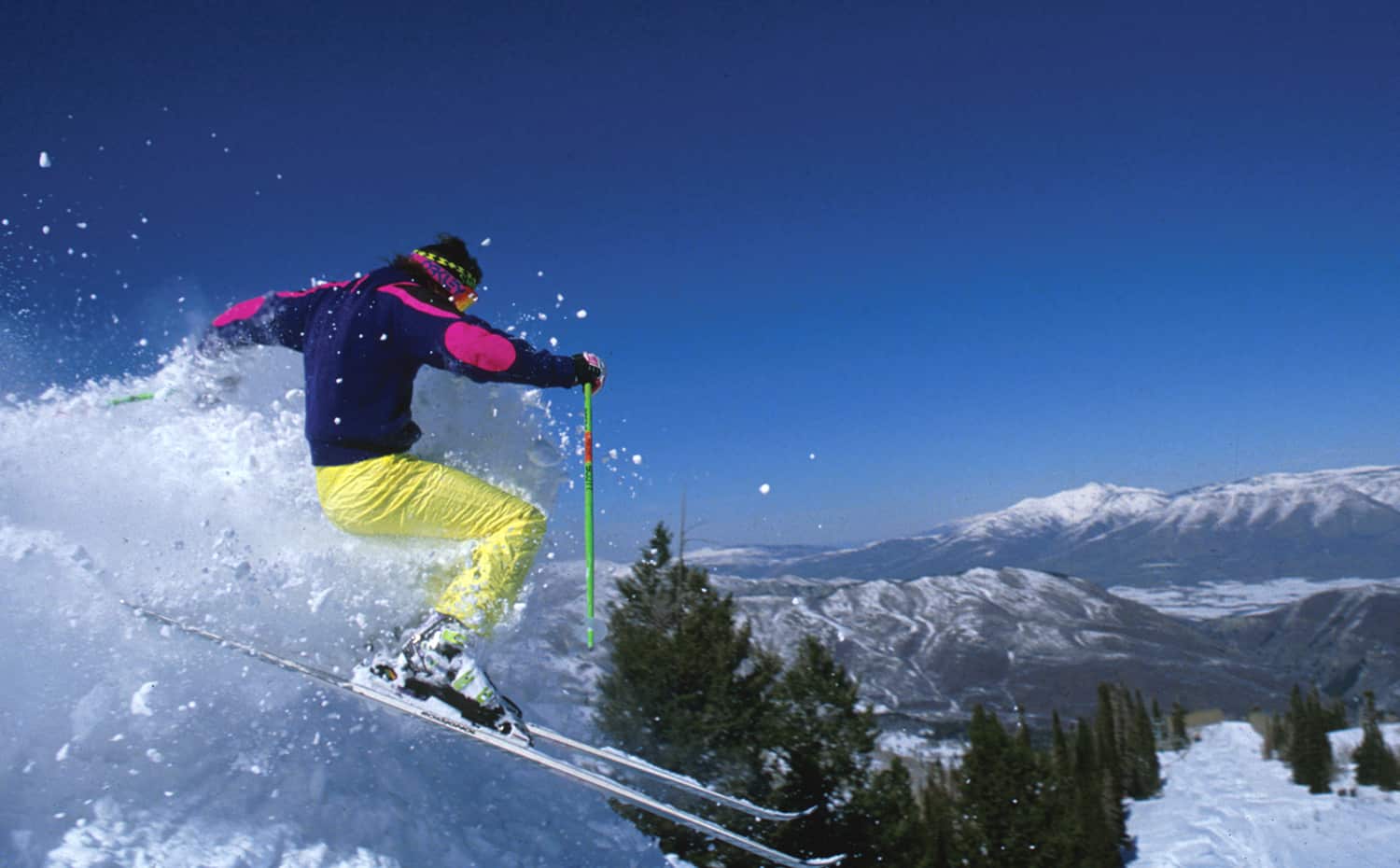Utah’s dramatic landscape packs a punch with snow-packed peaks, colossal canyons and riveting rock formations. Bordered by Arizona, Colorado, Idaho and Nevada, Utah displays significant natural beauty and diversity and offers the best of the Rocky Mountains and the desert southwest.
The Wasatch and Uinta ranges cut through the northern part of the state showcasing alpine forests. Central Utah lures animal lovers and anglers to a mix of mountains, plateaus and high desert. In southern Utah, high elevations lead to colourful desert canyons and rock formations forged from sandstone.
Utah attracts nature lovers and adventure sports enthusiasts year round to make the most of the state’s unparalleled recreational opportunities. Whether its bouldering, rock climbing, skiing, fly-fishing, hiking, biking, whitewater rafting, golfing or communing with nature, it’s all here in Utah.
 Photos
Photos43 State Parks
A total of 43 state parks blanket the state, each with a different focus – from hiking, biking and camping to history and heritage to first-rate fishing and boating. Some parks of note are:• Antelope State Park is home to bison, bighorn sheep, deer and birds. Campers covet the sandy beaches and clear blue water set against a backdrop of mammoth mountains.
• Camp Floyd-Stagecoach Inn State Park preserves the history of the Stagecoach Inn, a stop on the Overland Stage Route used to run mail and passengers to Salt Lake City in the mid 19th century.
• East Canyon State Park in Morgan marks the steps of the first Mormon settlers.
• Utah Field House of Natural History State Park Museum in Vernal lets kids pretend to be paleontologists and find fossils.
• Utah Lake State Park in Provo features the state’s largest freshwater lake full of channel catfish, walleye, white bass, black bass and several species of pan fish.
• Fremont Indian State Park and Museum highlights petroglyphs telling the story of the Fremont culture.
• Anasazi Indian State Park in Boulder showcases exhibits of ancient Puebloan culture.
• Escalante Forest State Park maintains remnants from a petrified forest including fossils, fossilized dinosaur bones, petrified wood and artifacts of the Fremont Indians from 1,000 years ago.
• Kodachrome Basin State Park in Cannonville contains sandstone chimneys and pillars that change colour depending on the day.
• Coral Pink Sand Dunes State Park has the only major sand dune field on the Colorado Plateau.
14 Ski Resorts
In 2012, Utah’s 14 ski resorts will celebrate the 10-year anniversary of the 2002 Salt Lake Winter Games. Visitors can try ski jumping, the bobsleigh and speed skating at Utah Olympic Park and Utah Olympic Oval. Utah’s ski resorts are located near Salt Lake City, Park City, Ogden and Provo. Photos
Photos7 National Monuments
Utah’s seven National Monuments offer top notch hiking through breathtaking terrain.• Rainbow Bridge National Monument sculpted from Navaho sandstone, is considered the largest natural bridge in the world, and is sacred in the Navaho culture.
• Natural Bridges National Monument boasts three bridges carved into White Canyon. A scenic drive provides impressive views of ancient Puebloan ruins.
• Timpanogos National Monument consists of a three-cavern cave system sitting on the north slope of Mount Timpanogos in the Wasatch Mountains.
• At Dinosaur National Monument near Jensen, visitors can view the large collection of Jurassic Period bones.
• Cedar Banks National Monument, east of Cedar City, allows for excellent viewing of multi-coloured rock formations and hoodoos.
• Hovenweep National Monument is an abandoned Puebloan village from the late 13th century.
• Great Staircase-Escalante National Monument offers exceptional wilderness hiking and biking.
5 National Parks
The grandeur of Utah’s five National Parks is second to none.• Eight kilometers north of Moab, Arches National Park offers visitors a glimpse of a famous feature – the Delicate Arch – from two park trails.
• Bryce Canyon National Park is known for its pink and red hues and hoodoos. In the wintertime, snowshoeing and cross-country skiing are popular pastimes. A 59-kilometre scenic drive meanders past key lookouts.
• Canyonlands National Park is known for its mountain biking and 4-wheel drive routes. The scenic vistas range from the Colorado and Green rivers to red rock ‘needles’ or spires.
• Capitol Reef National Park, 16 kilometres east of Torrey, houses sandstone formations awash with colour. Petroglyphs document the history of early indigenous peoples.
• Zion, Utah’s most popular park with three million visitors per year, recently turned 100. Open-air shuttles take visitors past soaring rock formations. Easily accessible hikes accommodate strollers and wheelchairs. More strenuous hikes snake through the park’s backcountry.
 Photos
Photos2 National Recreation Areas
The Glen Canyon National Recreation Area and the Flaming Gorge National Recreation Area are known for superior fishing, boating, waterskiing and camping.1 Fabulous Capital
Salt Lake City, Utah’s capital and largest city, lies between the slopes of the soaring Wasatch Mountains and the Great Salt Lake. Founded in the mid-1800s by Mormon pioneers, Salt Lake rapidly grew into one of the West’s most important commercial and transportation centres, yet it still retains much of the flavour and charm of the Old West. Its historic downtown is filled with parks, galleries, restaurants, pubs and shops. Temple Square, the city’s tree-lined centre, is home to numerous attractions including the Mormon Tabernacle and several museums featuring early pioneer life. Rising across the street from Temple Square is the City Creek Centre, a large luxury mall.Salt Lake’s new Natural History Museum of Utah is an architectural icon with exhibits of thousands of previously unseen treasures from Utah’s history and prehistory in its nine themed galleries, allowing a hands-on approach to dinosaur fossils, plants, minerals and archaeological artefacts. The new City Creek Center is due to open this spring.
For information on Utah, visit www.visitutah.com


